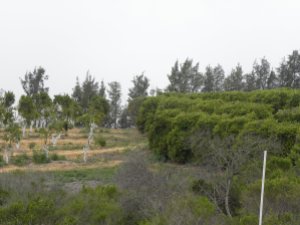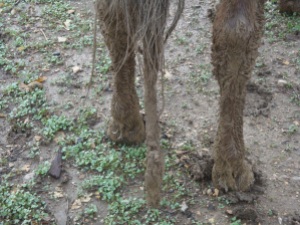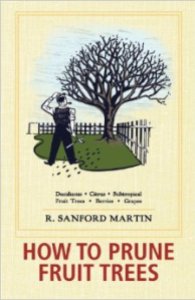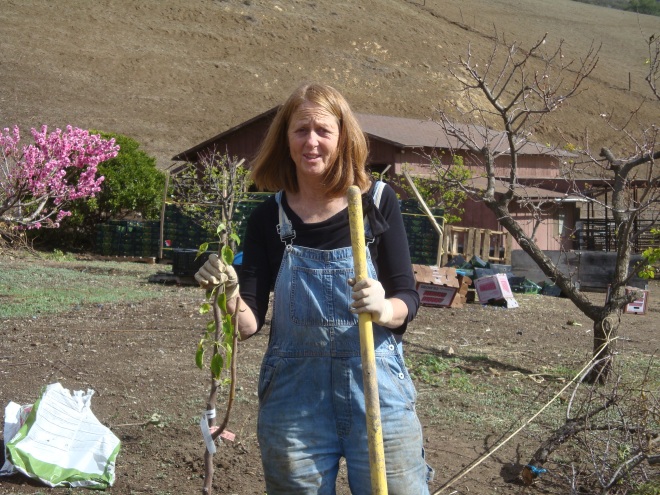The history of Grieb Ranch starts with the Grieb Farmhouse which was originally built in 1888 by Konrad and Katharina Grieb, German immigrants who settled the original farmstead in 1872 as part of a Spanish Land Grant of 1100 acres. The original home was a one-room shack with a dirt floor. Eventually, a two-story family home was built in 1888 (as seen in picture above) to handle the Grieb’s nine children. It contained 6 bedrooms upstairs and one downstairs with one outside bathroom.
George Grieb, son of Konrad and Katharina inherited the Grieb Farmhouse in 1925 upon his father’s death. The Farmhouse sat in the middle of walnut and apricot trees along with numerous, stately oak trees that were left standing with farm crops and livestock raised around them. George and brother, Fred, ran the ranch together which included acreage acquired in 1878 in the hills at the base of (now) Lopez Dam where they ran cattle. This acreage became the location of Grieb Ranch. Fred Grieb is the father of Carl Grieb who currently resides at Grieb Ranch.
George kept the Farmhouse property until approximately 1960 when he sold it and the remaining land to a family with 16 children. This family retained the property until the mid 1970’s and subsequently sold it to a building contractor who restored the house with a new foundation and updated the plumbing and electrical. Thankfully the deteriorating house was saved, but unfortunately, the remaining land was subdivided and sold.
In 1997, the Farmhouse was purchased and lovingly updated and remodeled to its current condition by a wonderful couple who had respect for the old house and its family history. In 2002, the Farmhouse was sold to the current owner, a Grieb family member, who reopened the home as a Bed and Breakfast in 2003. After 42 years, the Farmhouse is again in the hands of a Grieb family member. The home is a family treasure to the owner and innkeeper, who is the great-granddaughter of the original home builders. The Grieb Farmhouse still stands in Arroyo Grande, CA, off Todd Lane.































